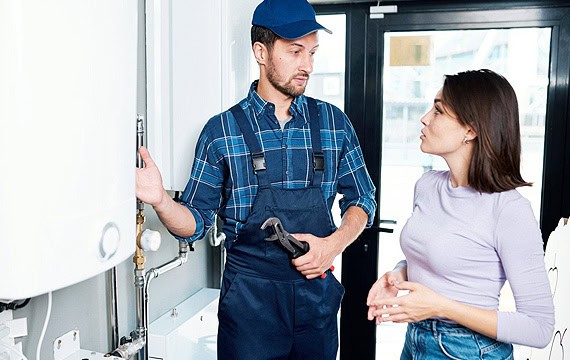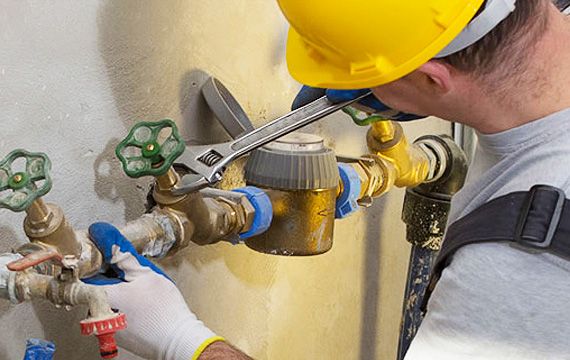What Are The Three Types Of Plumbing?
Plumbing is an essential aspect of modern living. It involves the systems that transport water, waste, and other fluids throughout our homes, businesses, and communities. Understanding the different types of plumbing can help you make informed decisions about installation, repair, and maintenance. This article dives deep into What Are The Three Types Of Plumbing?, exploring their characteristics, applications, materials used, and much more. So grab a cup of coffee and let’s embark on this adventurous journey through the world of plumbing!
Understanding Plumbing: A Brief Overview
Before we dive into the specifics of plumbing types, let’s take a moment to understand what plumbing encompasses.
The Basics of Plumbing
Plumbing isn’t just about pipes; it’s a complex system that includes:
- Water Supply: This includes everything from your municipal water source to your faucets.
- Drainage Systems: These remove wastewater from your home.
- Fixtures: Toilets, sinks, and bathtubs are just a few fixtures that rely on plumbing.
- Appliances: Water heaters and dishwashers also integrate with plumbing systems.
Why Is Plumbing Important?
Good plumbing ensures clean drinking water and efficient waste removal. Without it, we’d face serious health risks. Think about it—improperly functioning plumbing can lead to contamination or flooding!
What Are The Three Types Of Plumbing?
Now that we've set the stage for understanding plumbing's significance let’s explore What Are The Three Types Of Plumbing? They are:
Let’s break these down one at a time.

Residential Plumbing: Your Home's Lifeline
Definition and Importance
Residential plumbing pertains to the systems installed in private residences. It’s crucial for day-to-day activities like cooking, cleaning, and bathing.
Common Components
- Pipes: Usually made from PVC, copper, or PEX.
- Fittings: Connect various sections of piping.
- Fixtures: Sinks, toilets, showers—these are all part of residential plumbing.
Challenges in Residential Plumbing
Homeowners often face challenges such as leaks or clogs. Regular maintenance can prevent these issues from escalating into major repairs.
Key Features of Residential Plumbing
Residential plumbing is characterized by:

- Designed for lower water pressure compared to commercial systems.
- Extensive use of flexible piping materials like PEX.
- Focus on aesthetic elements alongside functionality.
The Role of Local Services Like Plumbing Helotes
If you're in areas like Helotes, specialized services cater specifically to residential needs—ensuring everything runs smoothly!
Commercial Plumbing: Catering to Businesses
Definition and Scope
Commercial plumbing supports businesses—from restaurants to office buildings—where systems are more complex due to higher demand.
Key Components
- Heavy-duty pipes: Designed for larger volumes of water usage.
- Advanced drainage systems: To handle substantial wastewater disposal.
Challenges in Commercial Settings
With high traffic comes wear-and-tear! Issues like blocked drains can disrupt business operations significantly.
Features Unique to Commercial Plumbing
Some distinguishing features include:
- Greater focus on compliance with local building codes.
- Regular inspections required for safety standards.
Plumbing Helotes' Impact on Commercial Projects
In Helotes, commercial plumbers offer tailored solutions that accommodate unique business needs while ensuring compliance with regulations.
Industrial Plumbing: Heavy-Duty Applications
Defining Industrial Plumbing Systems
This type focuses on factories or large-scale facilities where heavy machinery requires specialized piping systems.
Components Involved in Industrial Systems
- High-pressure pipelines: Used for transporting various liquids or gases.
- Complex valve systems: To manage flow effectively in industrial settings.
Unique Challenges Faced by Industrial Plumbers
Industrial settings can present significant challenges such as hazardous materials handling or extreme temperatures affecting piping integrity.
Key Features of Industrial Plumbing Systems
Industries often require:
- Custom-designed systems for specific operational needs.
- Routine maintenance checks due to equipment sensitivity.
Comparing the Three Types of Plumbing
| Type | Key Features | Common Uses | |---------------|--------------------------------------------|-----------------------------------------------| | Residential | Lower pressure; flexible materials | Homes | | Commercial | Heavy-duty pipes; compliance-focused | Businesses (restaurants, offices) | | Industrial | High-pressure; custom designs | Factories; large-scale operations |
Essential Tools Used in All Types of Plumbing
In every type of plumbing work—even if it changes based on scale—certain tools remain essential:
Understanding which tools best suit your needs is crucial whether you're tackling a minor leak at home or managing extensive pipework in an industrial setting!
The Importance of Regular Maintenance Across All Types
Maintaining any plumbing system helps extend its lifespan!
Preventive Measures You Should Consider
By taking these steps seriously across all three types—residential, commercial, and industrial—you’ll save money in the long run while enhancing efficiency!
FAQs About The Three Types Of Plumbing
Here are some common questions people ask regarding the three types of plumbing:
- Residential focuses on single-family homes while commercial deals with multi-user businesses requiring larger systems.
- While minor fixes might be doable by homeowners without professional help; it's wise to consult experts for more complex issues!
- Yes! They often require licenses that comply with local regulations reflecting their expertise level within this niche market.
- Inspections depend heavily on industry regulations but typically occur annually at minimum or following significant changes/additions to infrastructure!
Is there a way to prevent frozen pipes during winter months? - Absolutely! Insulating exposed piping & maintaining consistent heat levels indoors works wonders against freezing conditions!
Does having older fixtures affect my home's water pressure? - Older fixtures may cause strain leading reduced flow rates—a good reason why upgrades could improve overall system performance significantly!
Conclusion
So there you have it—a comprehensive exploration into what constitutes each type within this fascinating field! Understanding these distinctions not only empowers you as a homeowner but also enhances awareness when dealing with various professionals in your area like those found at plumbing Helotes 24-hour plumber near me who specialize across all sectors mentioned here today! Whichever category you’re involved with—residential service calls or industrial infrastructures—staying informed will always lead towards achieving better outcomes overall!
Happy plumbing adventures ahead!